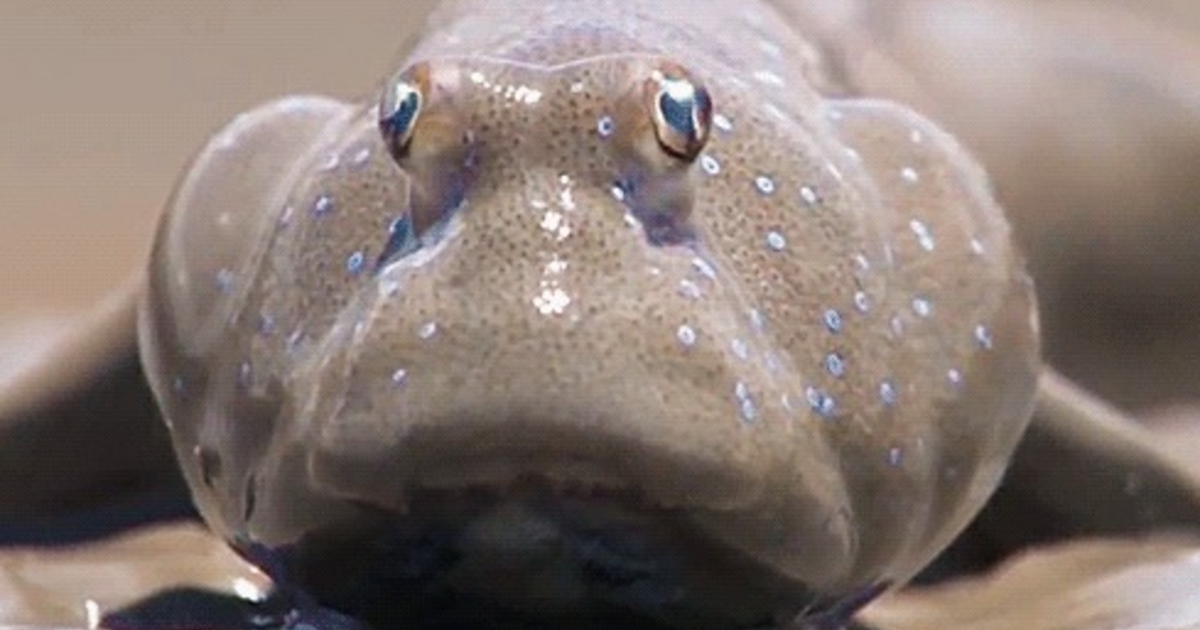Animals that live on land differ from those that live in water not only in that they walk, but also in that they blink. The majority of fish also lack the eyelid necessary for blinking, because they do not need it: the water in which they live keeps their eyes moist and clean.
However, a strange group of fish not only come out on land, but also blink. They are the mud diggers on whom science studies the evolution of flash.
Animals blink for many reasons. It helps keep our eyes clean and hydrated and protects them from damage. We also use blinking to communicate. Mudskippers offers a glimpse into how and why blinking evolved as a behavior when fish left the water.
says Thomas Stewart, a biologist at the University of Pennsylvania.
The first four-legged creatures appeared on Earth 375 million years ago. The new way of life required a lot of adaptation: new limbs, new forms of movement, new senses. Eyelids were not preserved in prehistoric fossils, so scientists turn to animals that still live on the boundary between water and land.
Stewart and his colleagues studied and recorded the life of tigers with high-speed cameras.
Not Miskolc Jelly
In the animal world, there are so many ways you can blink your eyes, mud jumps are a real primitive fix. Their eyes protrude from the top of their heads, frog-like, and at the blink of an eye, the entire eye is pulled into the eye socket in the head. When the eye is fully retracted, the fold of skin above it closes for a moment.
The flicker of anteaters develops with the reorganization of the function of the muscles already present and the emergence of a new tissue, the callus
explains Brett Aiello, Stewart’s research partner.
This is an interesting result because it shows how complex behavior evolves from a primitive system. Not much development is needed, with slime connections, just the performance of existing things has been modified slightly.
he added.
Experts also investigated the cause of the blinking. A flying bird in the water didn’t blink unless something caught their eye—even more so on land. Scientists suspected that the drying effect of air could be behind it, so they increased air movement during the experiment. At this time, the animals not only blinked more, but also rolled on the mud – thus protecting their skin from drying out. Therefore, the blink serves to moisturize the eyes, although these creatures do not have lacrimal glands or tear ducts, they only refresh the film formed from the moisture of their skin on their visual organs. By touching them with different soft objects, they also found that blinking also physically protected the eyes.
Research published in PNAS, a journal of the American Academy of Sciences, found that blinking clearly evolved as one of the stages of the entry-to-Earth process.













































